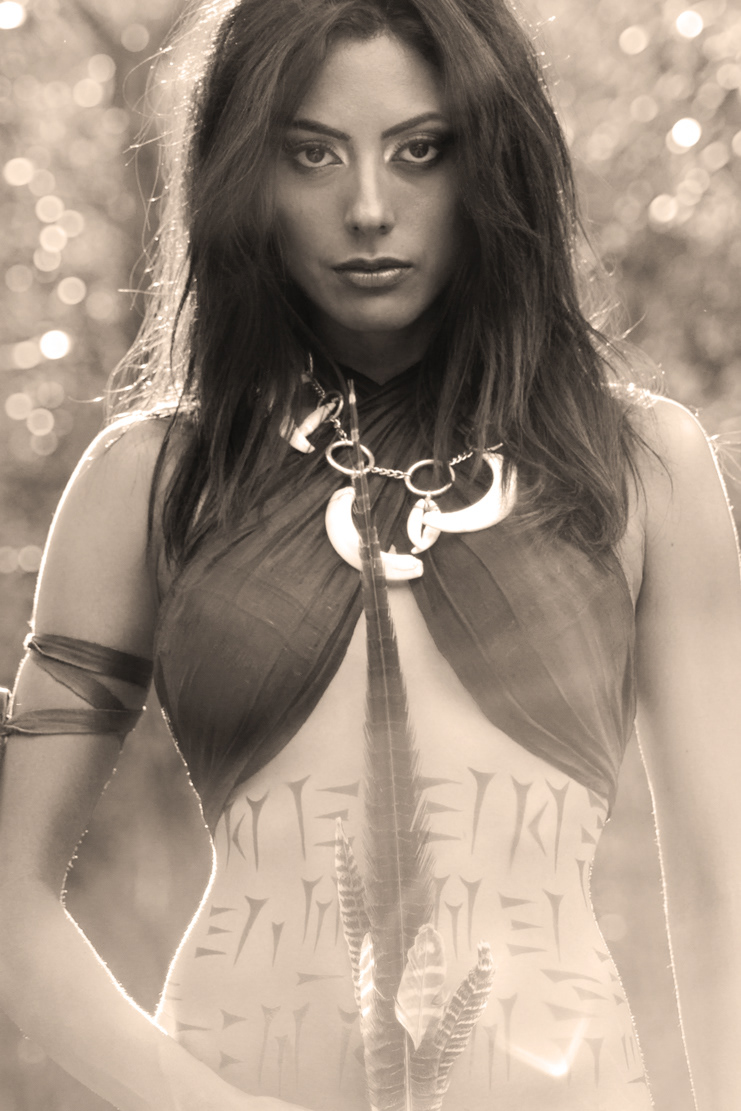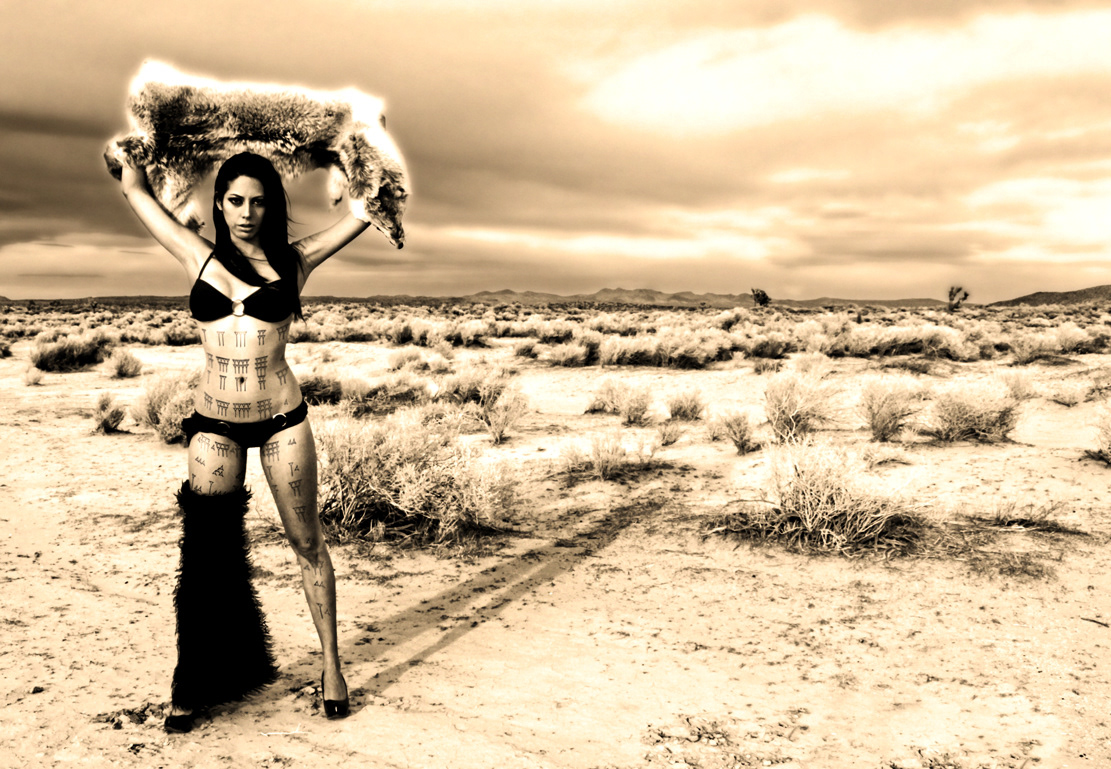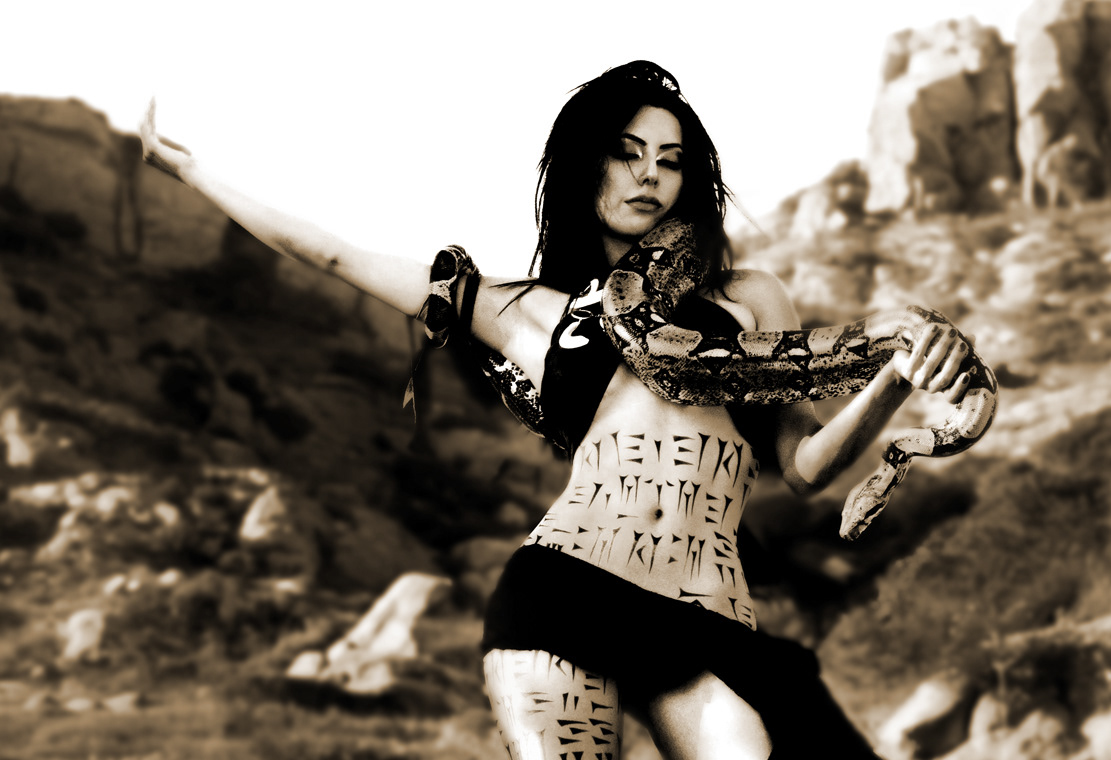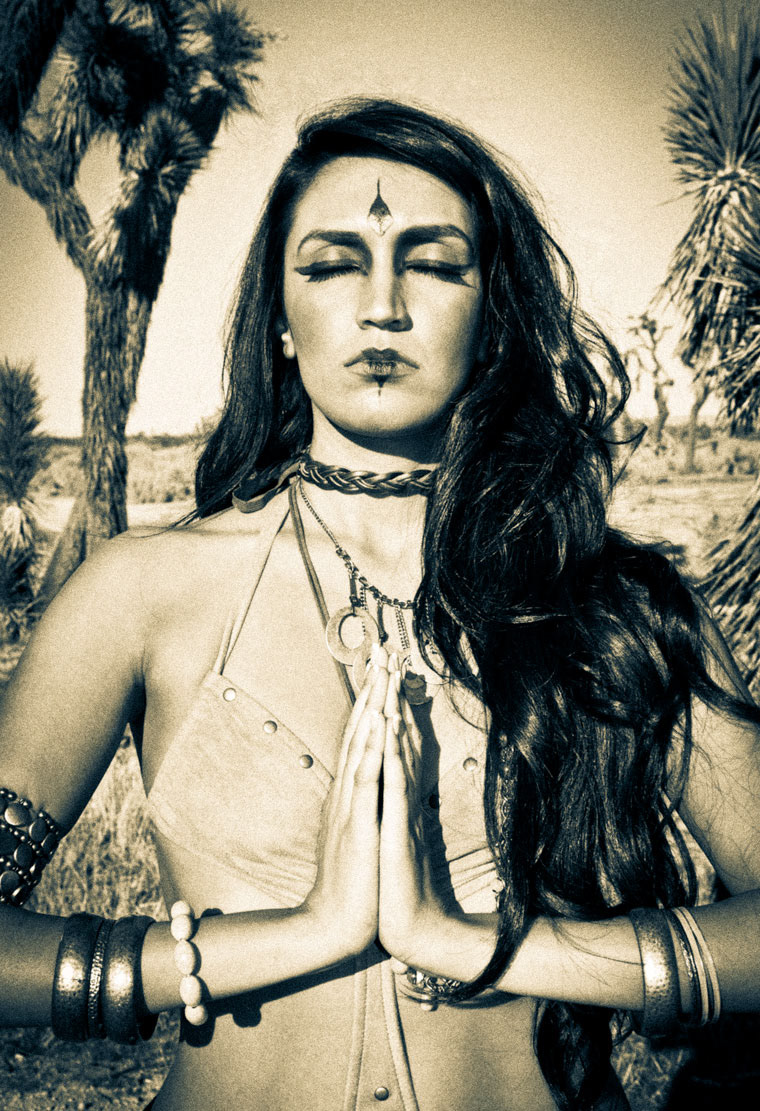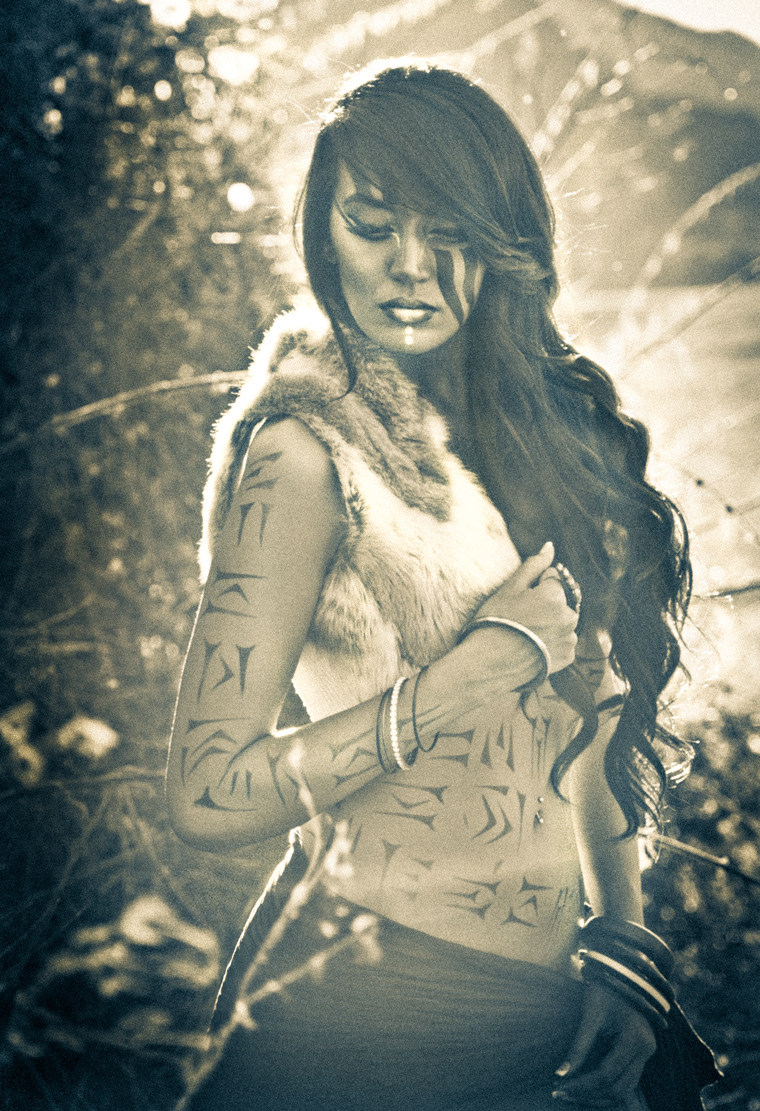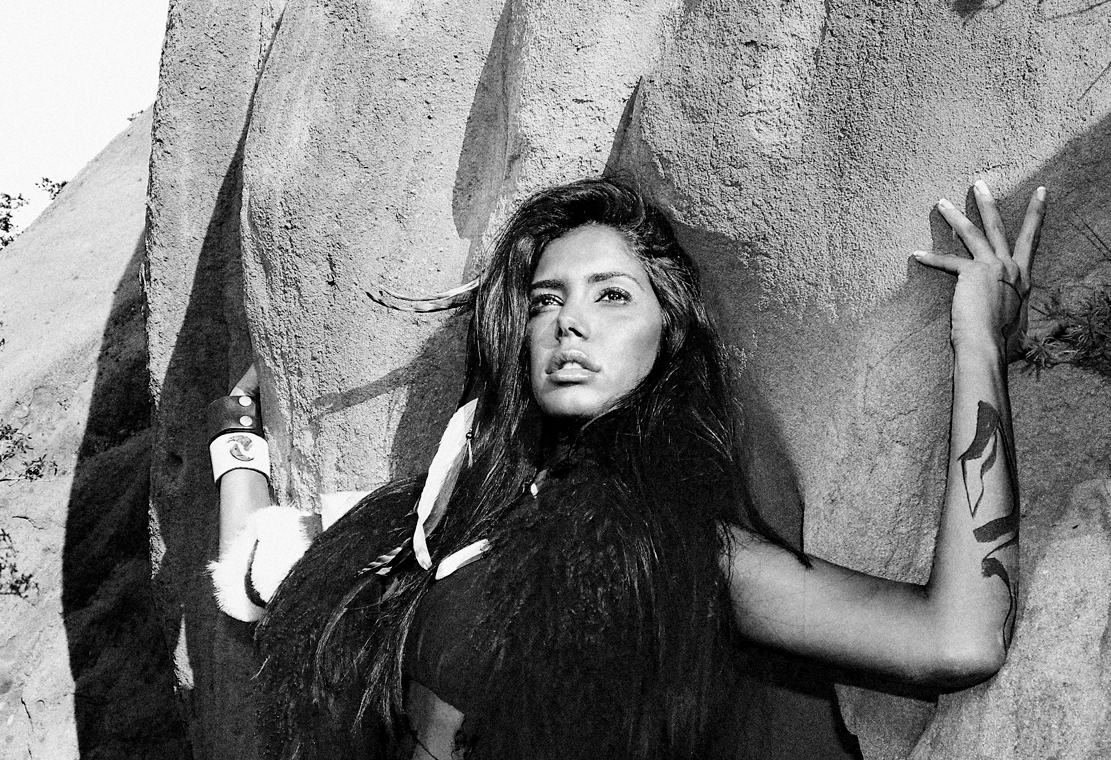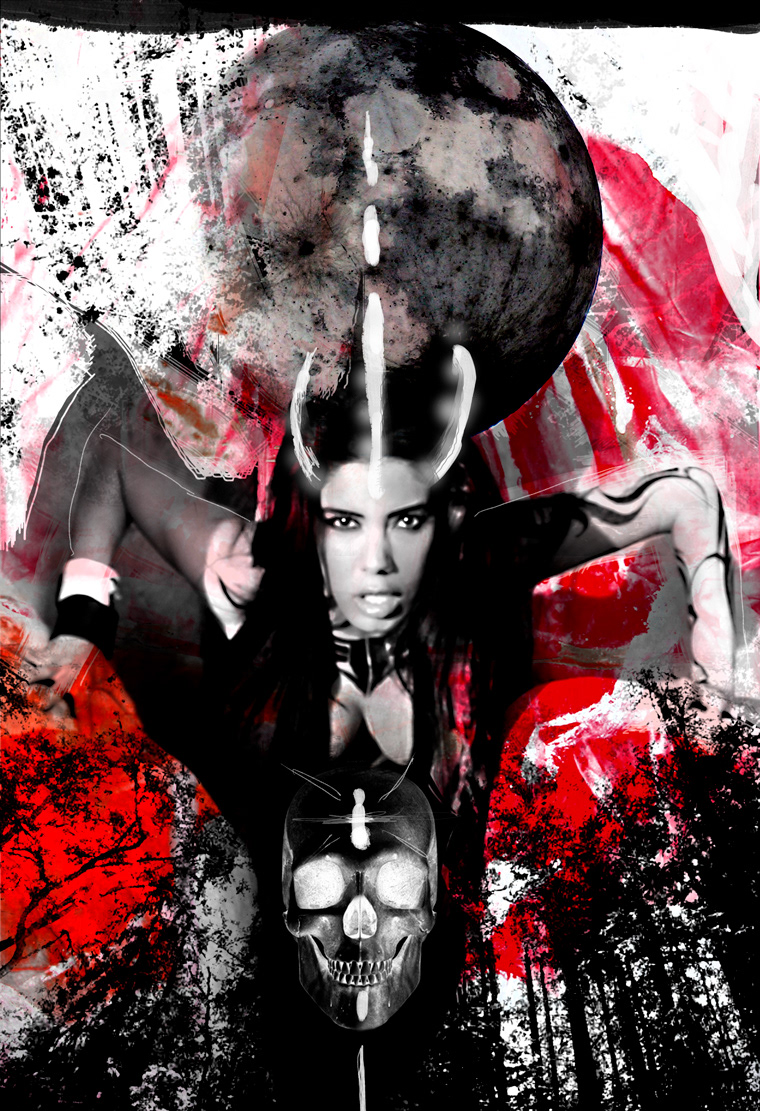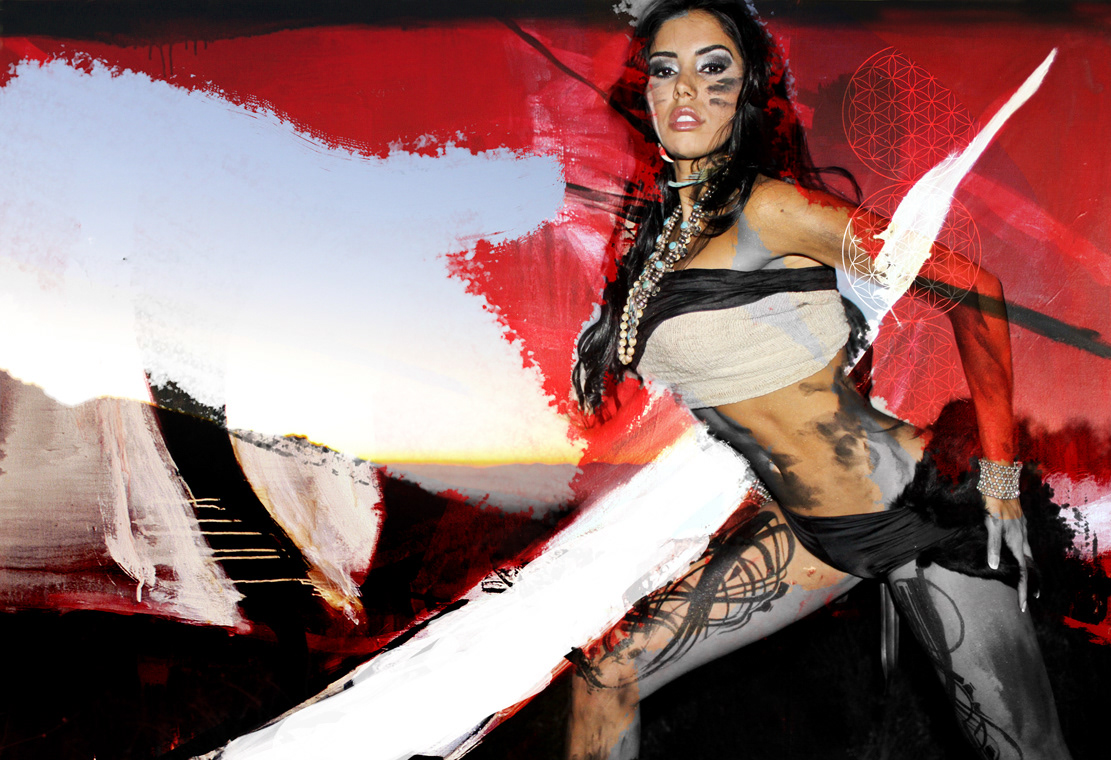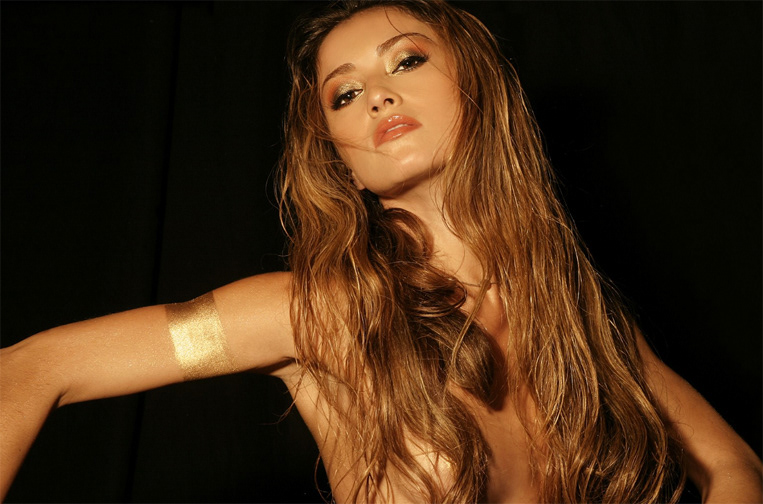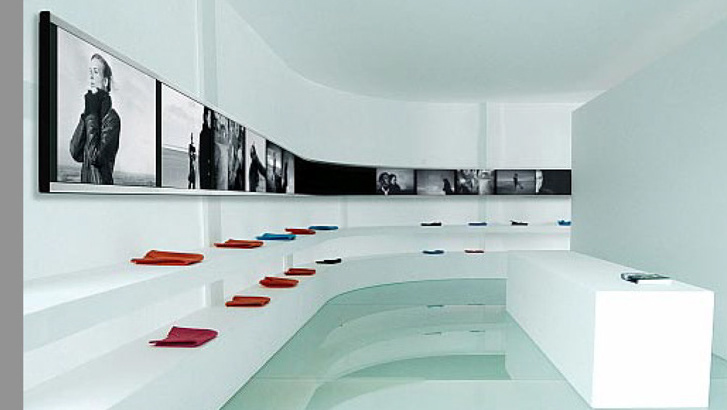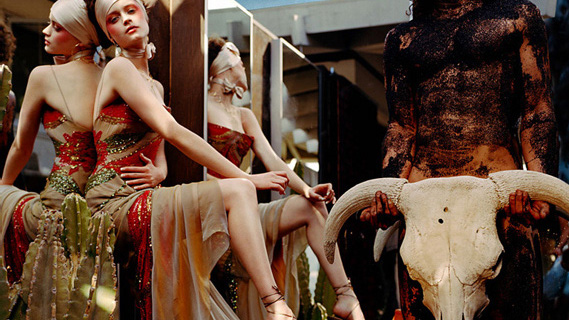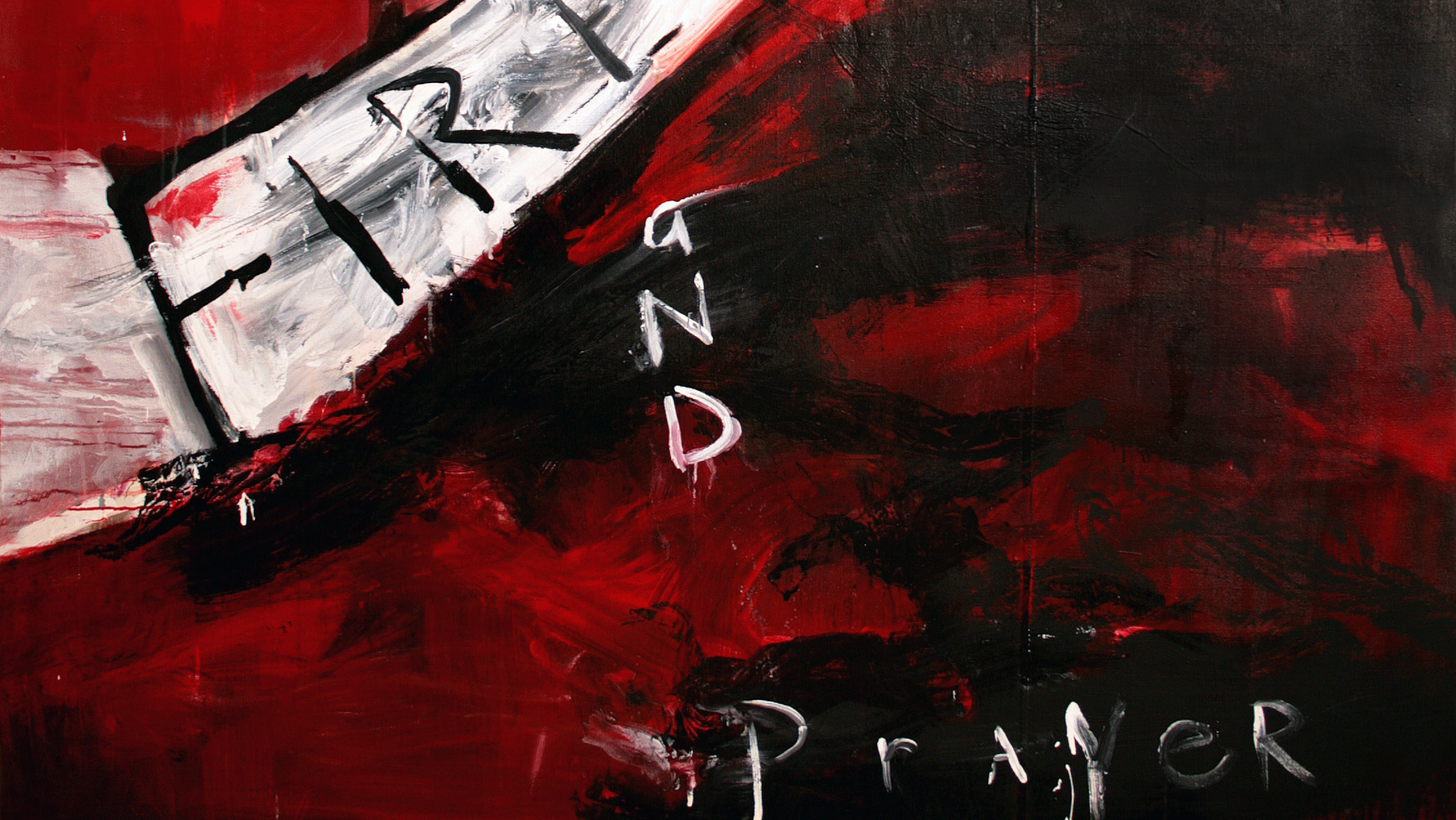French sociologist Michel Maffesoli was the first to use the term neotribalism in a scholarly context. He predicted that as the culture and institutions of modernism declined, societies would embrace nostalgia and look to the organizational principles of the distant past for guidance, and that therefore the post-modern era would be the era of neotribalism.
This idea, the concept of “Neotribalism” is to have work that attempts to draw together prominent and formal elements of ritual from past culture. I believe in a reintroduction to using art for mythic purposes. In our day and age, the artist is an illuminator. We can act as shaman to bridge the metaphysical world of the “sacred space”. In Theory of the Forms, Plato states “Beauty transcends the world of sense experience”, which means that the experience of beauty is unlike what we would today describe as the aesthetic experience. Beauty and ritual both transport the person to another place and time. My art deals with the role of being a “guide” for modern culture, myself, I am a medium for spirit to pass through. My work is to be seen as a rite of passage from past to present.
My use of ancient Sumerian Cuneiform is to show that prior to current times, ancient art was created by the tribal shamans or master artists skilled in symbols, materials and sacred items. Francoise Choay states “Indeed modern shamanistic practice demonstrates that almost all objects are imbued animalistically with special powers, meaning, spirituality, and presence. That the interpretation of the world around us requires a deep knowledge of hidden symbols and meanings, as well as a vast knowledge of matters spiritual, sacred, profane, secular, tribal, cultural, etc. In much the same, we as artists require these same ways of seeing -- although probably not to anywhere such a deep extent.”



